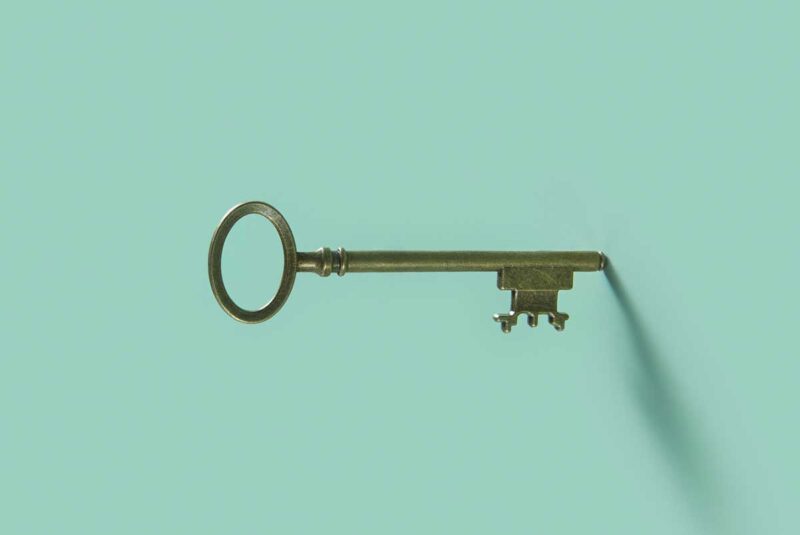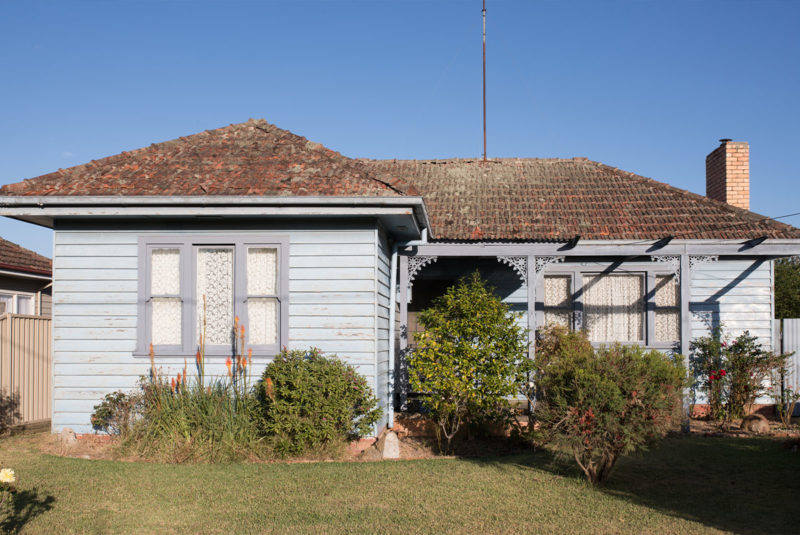Ready To Buy a Home?
Get Approved to Buy a Home
Rocket Mortgage® lets you get to house hunting sooner.
When you have a mortgage, you are not the owner of your home – at least, not yet. Until the property has been paid off in full, a portion of your home is owned by the mortgage lender.
Eventually, if you keep making your monthly mortgage payments, you’ll own your home in full. This process usually takes 15 or 30 years, depending on the mortgage terms, but you can also pay off your mortgage early if you choose to.
In either case, once your mortgage has been paid in full, you’ll likely receive a deed of reconveyance, which is a very important real estate document.
In this article, we will discuss the main things homeowners need to know about a deed of reconveyance. By taking the time to learn what this document is, how it works and why it’s important, you can better prepare yourself as a homeowner.
What Is A Deed Of Reconveyance?
A deed of reconveyance is a legal document that transfers full ownership of a property from a lender to another party (usually, the homeowner). In most cases, a deed of reconveyance will be officially issued once the mortgage and any outstanding fees have been paid in full.
The deed of reconveyance (also known as a full reconveyance) shows that the homeowner has satisfied their mortgage obligations and now owns the property outright. If there are no secondary mortgages, liens or other claims to ownership of the property, anyone who holds a deed of reconveyance can’t be foreclosed on.
What’s Included In a Deed of Reconveyance?
A deed of reconveyance is a document that clearly identifies the homeowner. In most states, the deed will be prepared directly by the lender. However, for states that use a trust deed or deed of trust as an alternative to a mortgage, the deed will need to be prepared by the trustee.
Typically, all deeds of reconveyance will include the following details:
- The name and address of the homeowner
- The name and address of the lender or mortgage company
- A complete description of the property, which should be based on the description included in the original deed
- A clear declaration that the homeowner has satisfied all their mortgage responsibilities and now owns the home outright
- A clear list of any special considerations or adjustments being made to the contract
- Portions of the deed for signatures from both parties, along with a portion for a notary to sign
Even though a deed of reconveyance is a fairly standard legal document, it is still a good idea for homeowners to read the entire deed before signing anything. This way, they can check for mistakes and fully understand their rights.
How Does a Deed of Reconveyance Work?
Most mortgage lenders have an established protocol for issuing deeds of reconveyance. The exact way the process works will depend on the state, county and city where the property is located. But in general, these are the steps in getting a deed of reconveyance:
The borrower pays off the mortgage
The process begins once the borrower has fully satisfied their established mortgage obligations. Usually, this requires paying off the mortgage in full, along with any fines, fees or other relevant debts held by the borrower.
The lender removes the lien
Once it has been determined that all conditions of the mortgage have been satisfied – clearing the way for ownership in full – the lender will remove the previous lien – an indirect ownership claim from the lender. The lender will also identify the jurisdiction where they need to record the deed, which is usually the County Clerk’s office.
The document is signed and recorded
At this point, it’s important for both the lender and homeowner to review all terms included in the deed. Once everything looks good to go, both parties will sign the document, the document will be filed and the transfer will be complete.
The homeowner has full ownership
The second party (the homeowner) will now have total ownership. This means the homeowner will no longer need to make a mortgage payment, their lender cannot foreclose on them and, in most cases, they will stop dealing with their lender altogether. However, they will still need to pay property taxes and homeowner’s insurance.
What Happens If a Deed of Reconveyance Isn’t Recorded?
Getting and recording (filing) a deed of reconveyance is important. Without one, you may not be able to sell your home or prove you currently own your home in full.
This paperwork is far more than a simple formality. It illustrates that the lien (ownership claim) the lender had on your property has been fully removed. In other words, the deed of reconveyance helps create legal evidence that the home is yours.
This is why it’s important for anyone who is planning to pay off their mortgage – or has already paid it off – to confirm that a deed of reconveyance will be issued and recorded. It’s a good idea to follow up with this process regardless of whether you plan to sell your property.
If you have paid off your mortgage and did not receive a deed of reconveyance, the first place you should check is your county clerk’s office. If there is no evidence that a deed of reconveyance has been issued, you need to contact your mortgage provider.
Cheers to Being Mortgage-Free!
If you’re thinking about what a deed of reconveyance is, that means you may have recently paid off your mortgage. So congratulations on your major accomplishment!
At this point, you’re probably tired of dealing with paperwork after years of making mortgage payments. But be sure to follow up with securing this important document.
Need Mortgage Help?
New home, second home, refinancing, we’ve seen it all. Whatever your goals, expert help is just a click away.
The Short Version
- Once your mortgage has been paid in full, you’ll likely receive a deed of reconveyance
- A deed of reconveyance is a legal document that transfers full ownership of a property from a lender to another party (usually, the homeowner)
- Depending on the state in which you live, your lender might use a satisfaction of mortgage document rather than a deed of reconveyance




